Rosalind Nashashibi’s solo exhibition in Bergen Kunsthall was the largest presentation in Scandinavia so far of Nashashibi’s work and covered her most important films from recent years, as well as photographic works. Nashashibi’s films are poetic observations of everyday events. The camera dwells on the social interaction that arises in human relations where the actors seem to hesitate between simply ‘being themselves’ and playing various socially defined roles. The artist makes effective use of the cinematic qualities of 16 mm film, and consciously uses the film medium’s quality to create a fundamentally time-based experience. Despite documentary restraint, Nashashibi’s films are not documentary films. They are as much poetic film collages, coloured by a subjective camera eye where the artist’s presence is always palpable.



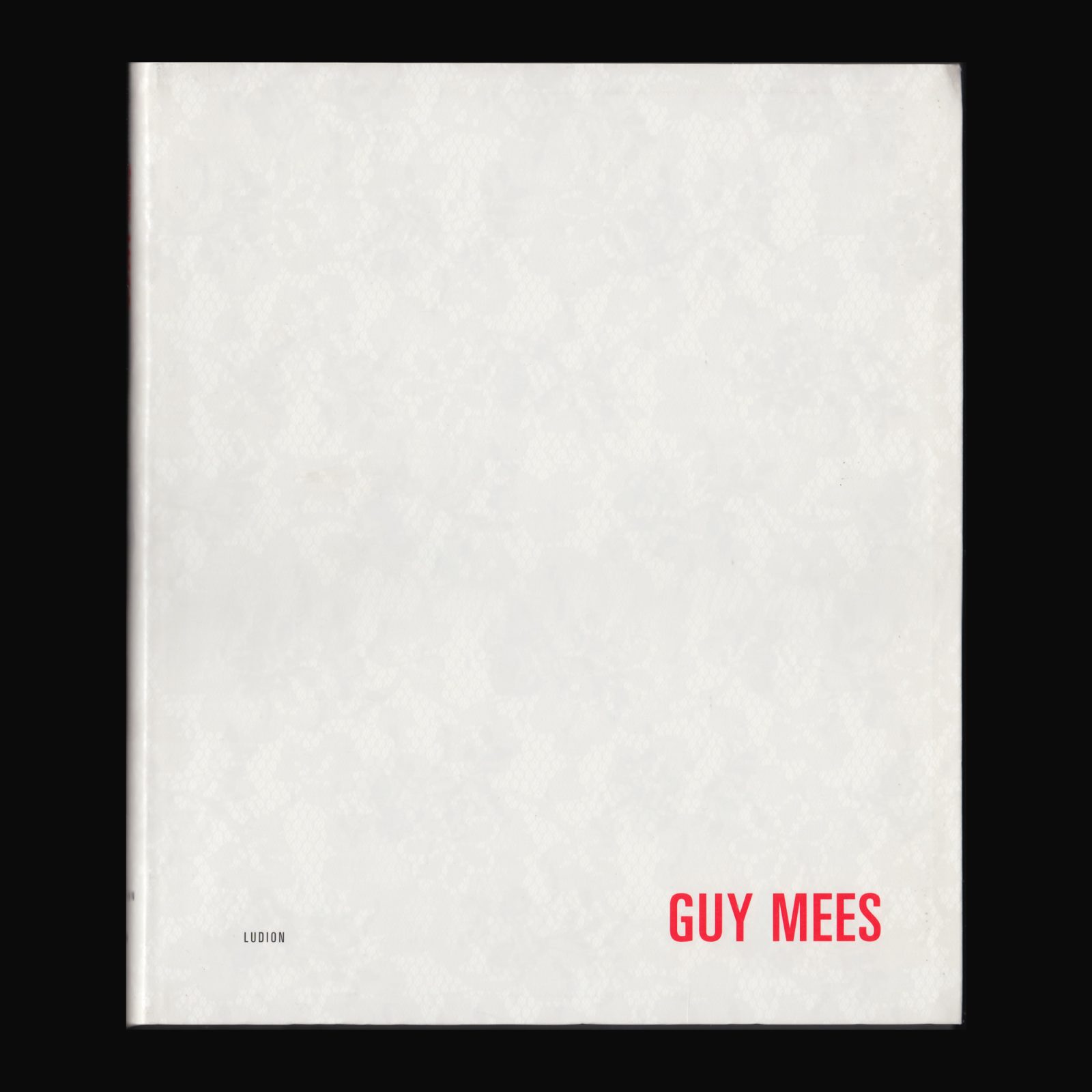

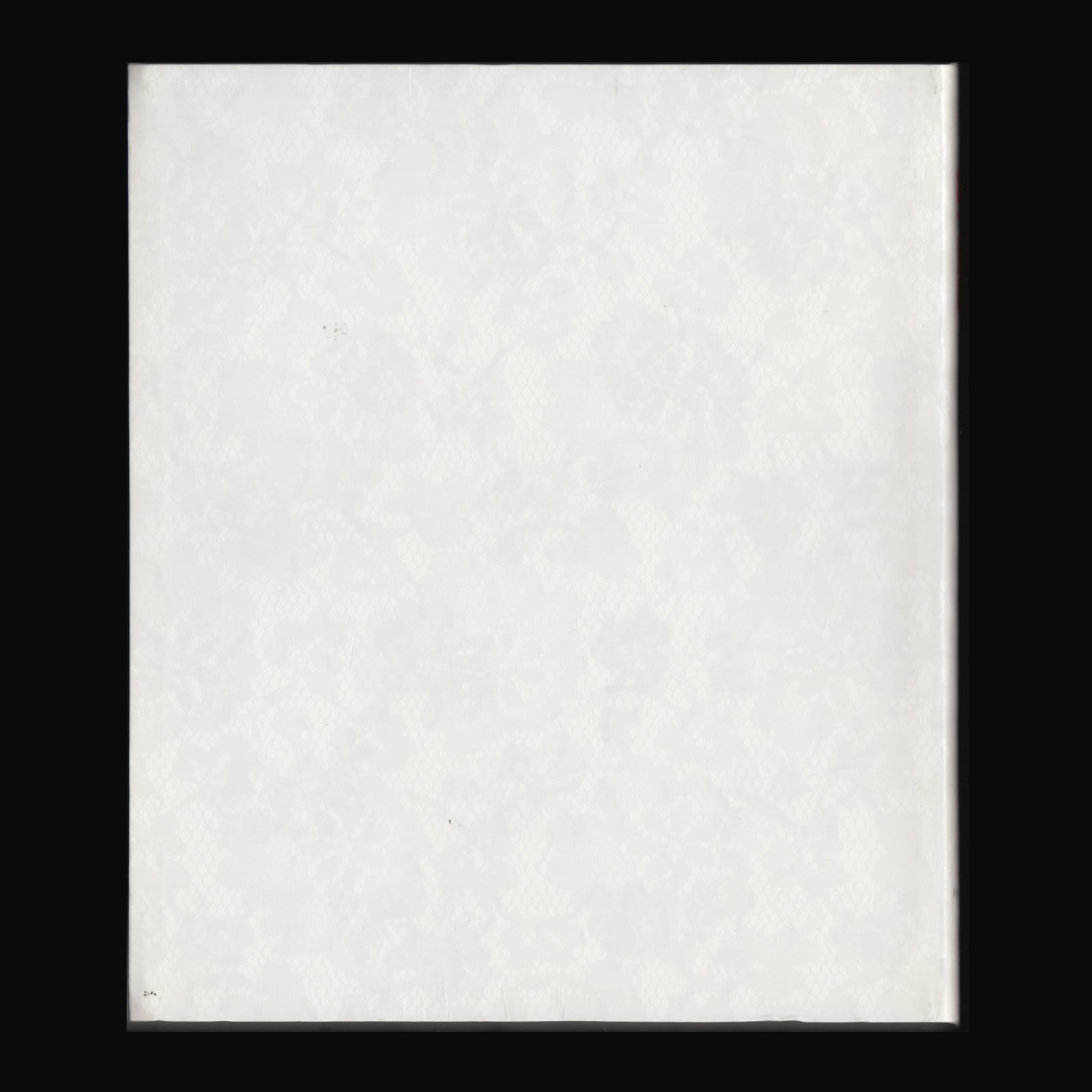
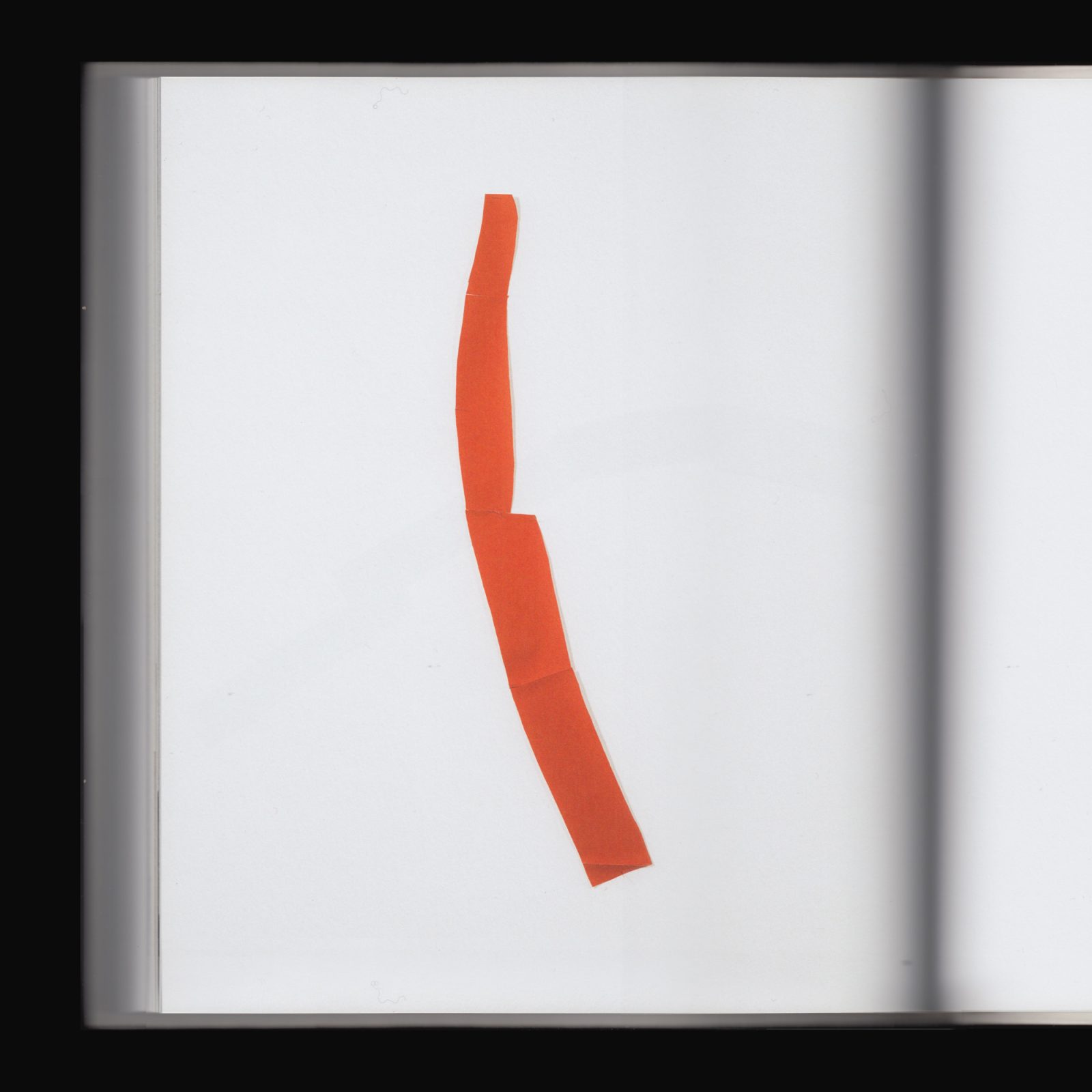
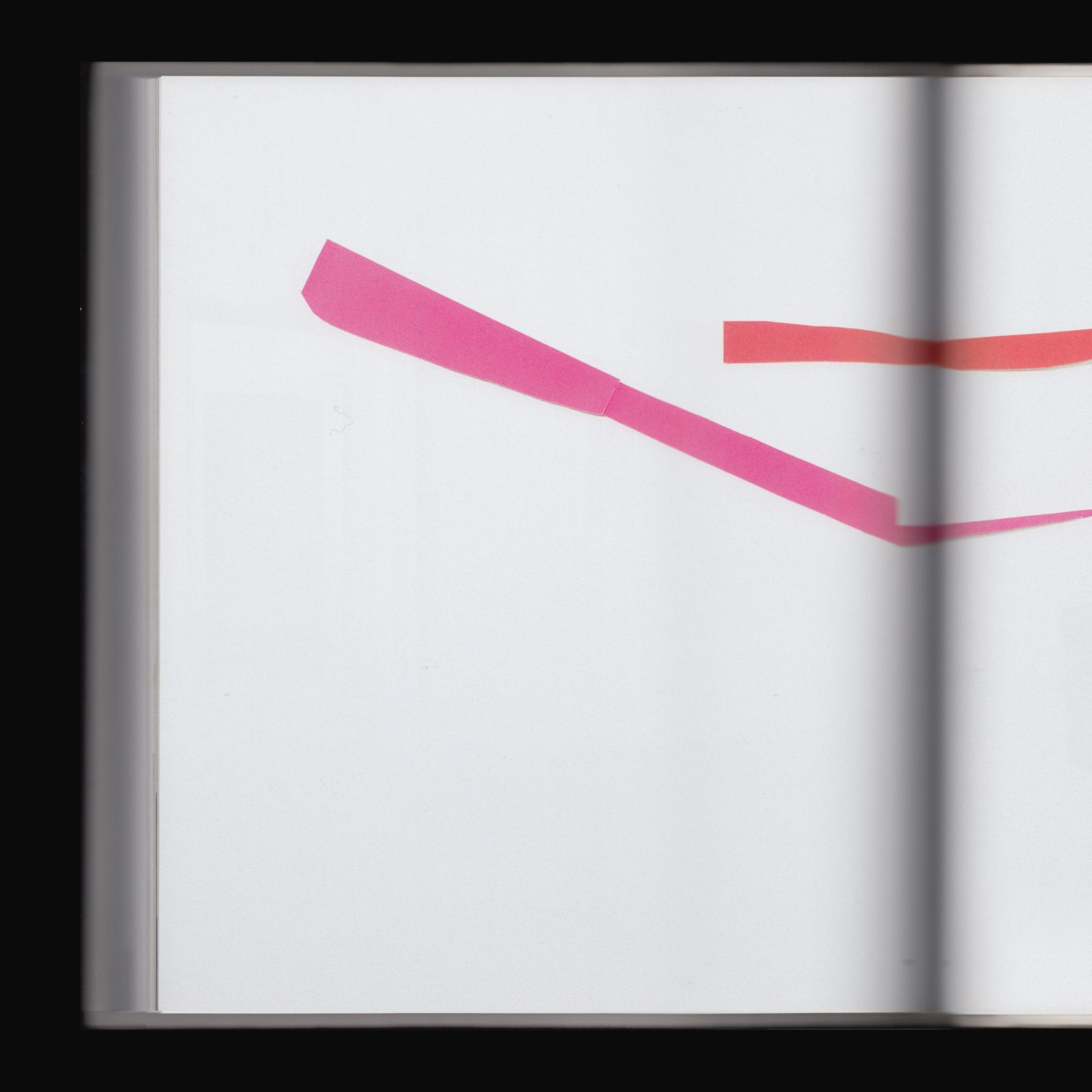
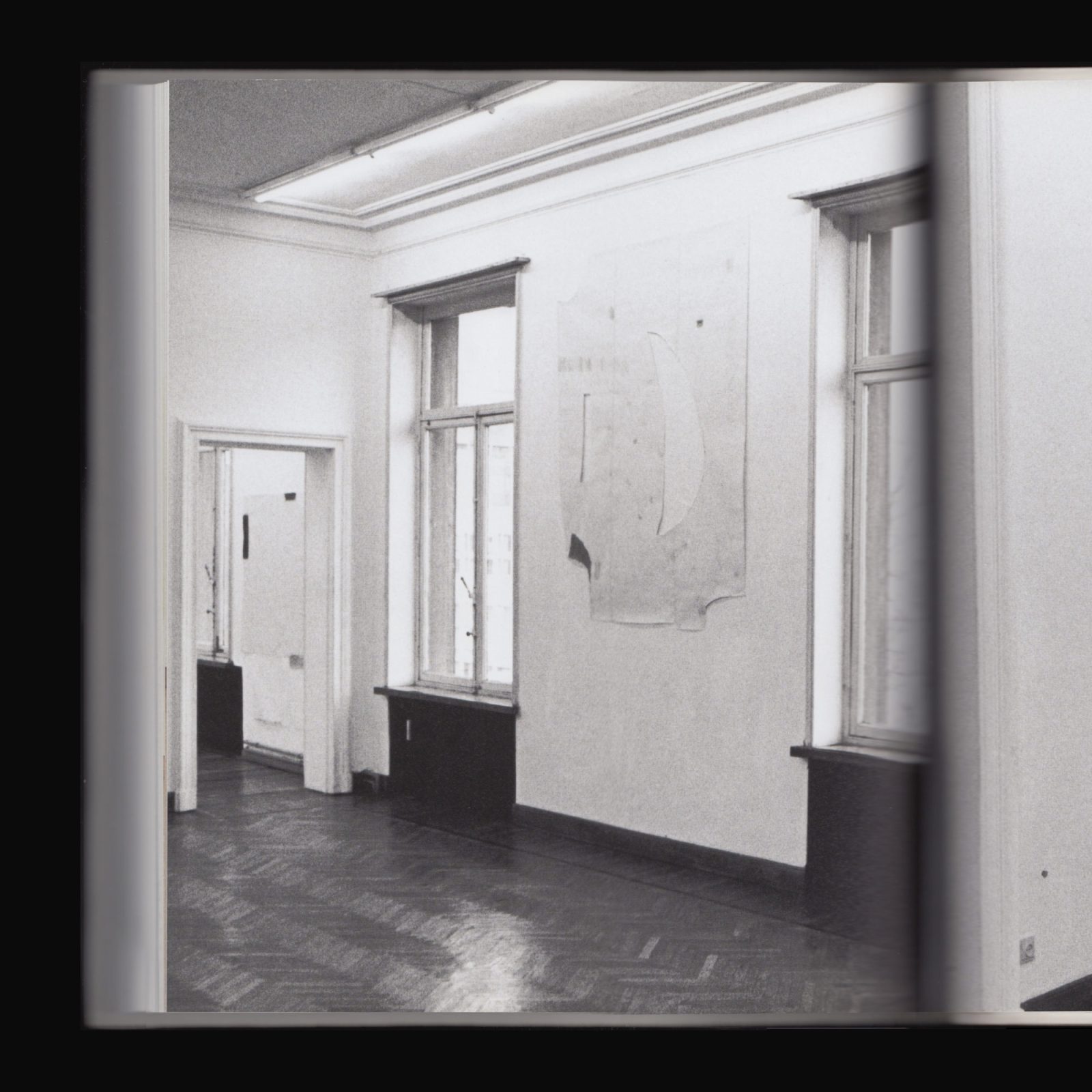
Guy Mees’s (1935–2003) photographs, videos, and above all his fragile works on paper are characterised by a formal rigour combined with sensitivity and delicacy. The uniqueness of his oeuvre lies precisely in its avoidance of conventional aesthetics and discursive classifications. A leading figure of the Belgian avant-garde, Mees left behind an outstanding body of work that transgresses geometric abstraction, Minimalism, Conceptualism, and applied art.
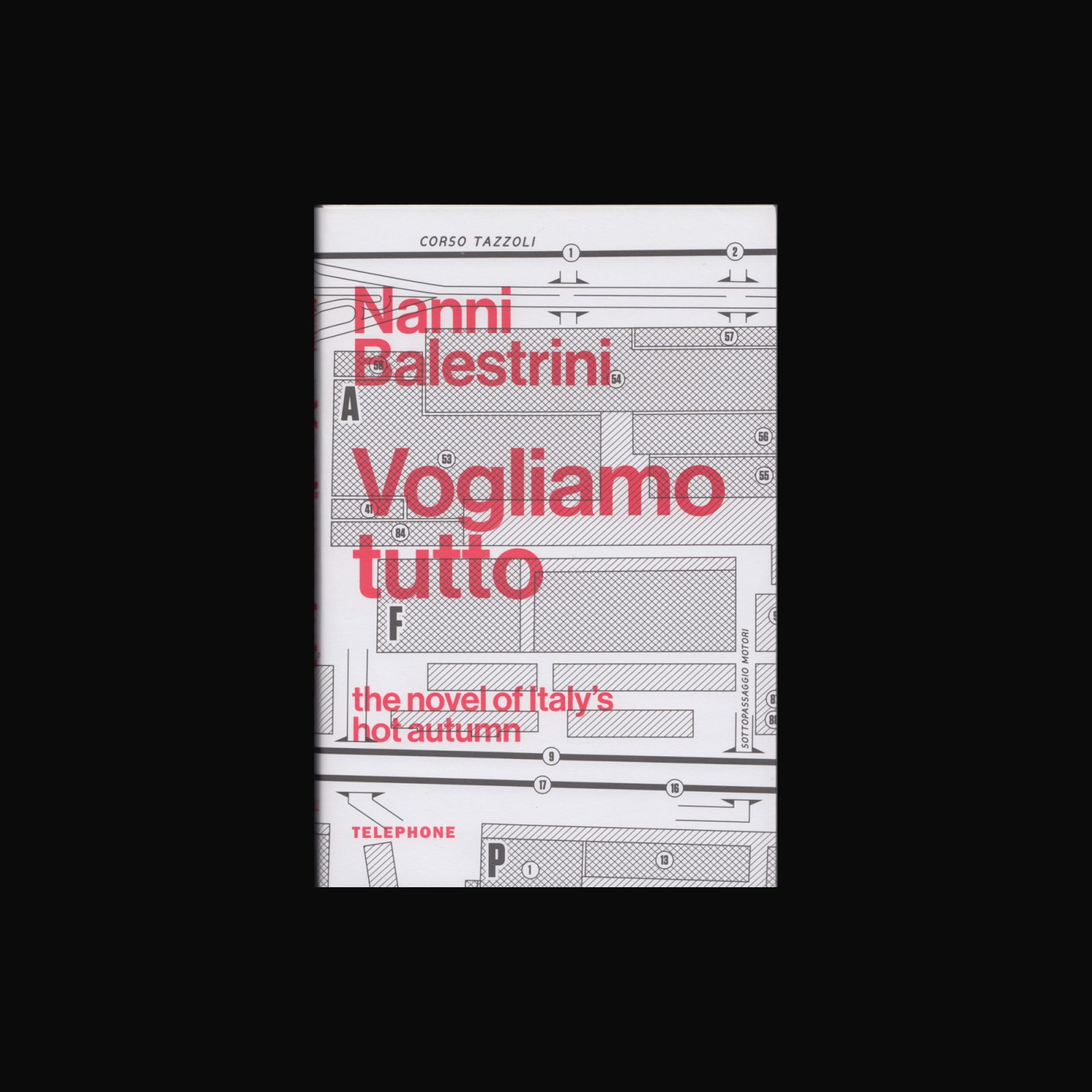


“Vogliamo tutto: We want everything—all the wealth, all the power, and no work.”
Torino, 1969. Fiat’s giant Mirafiori plant is a magnet for thousands of young southern workers, who go north to escape oppression, poverty and underdevelopment and find only exploitation and abuse on the assembly lines.
Nanni Balestrini draws on interviews, flyers and the movement’s bulletins to document workers’ experiences on the factory floor, in the meetings and demonstrations and, finally, at the barricades, creating a poetic remix of a novel, a searching documentary and a call to arms for a just society.
Translated from the Italian by Matt Holden. Designed by Warren Taylor.
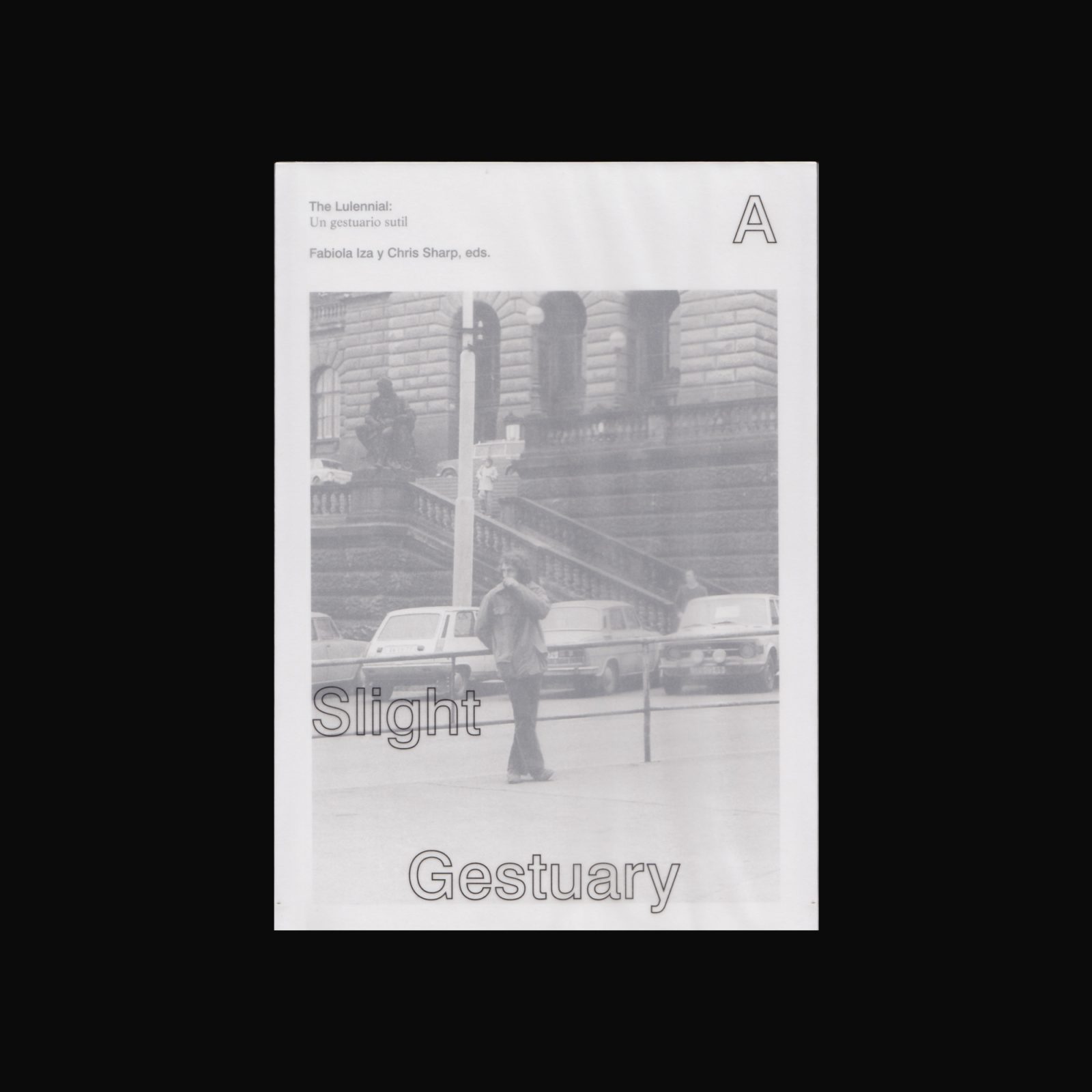

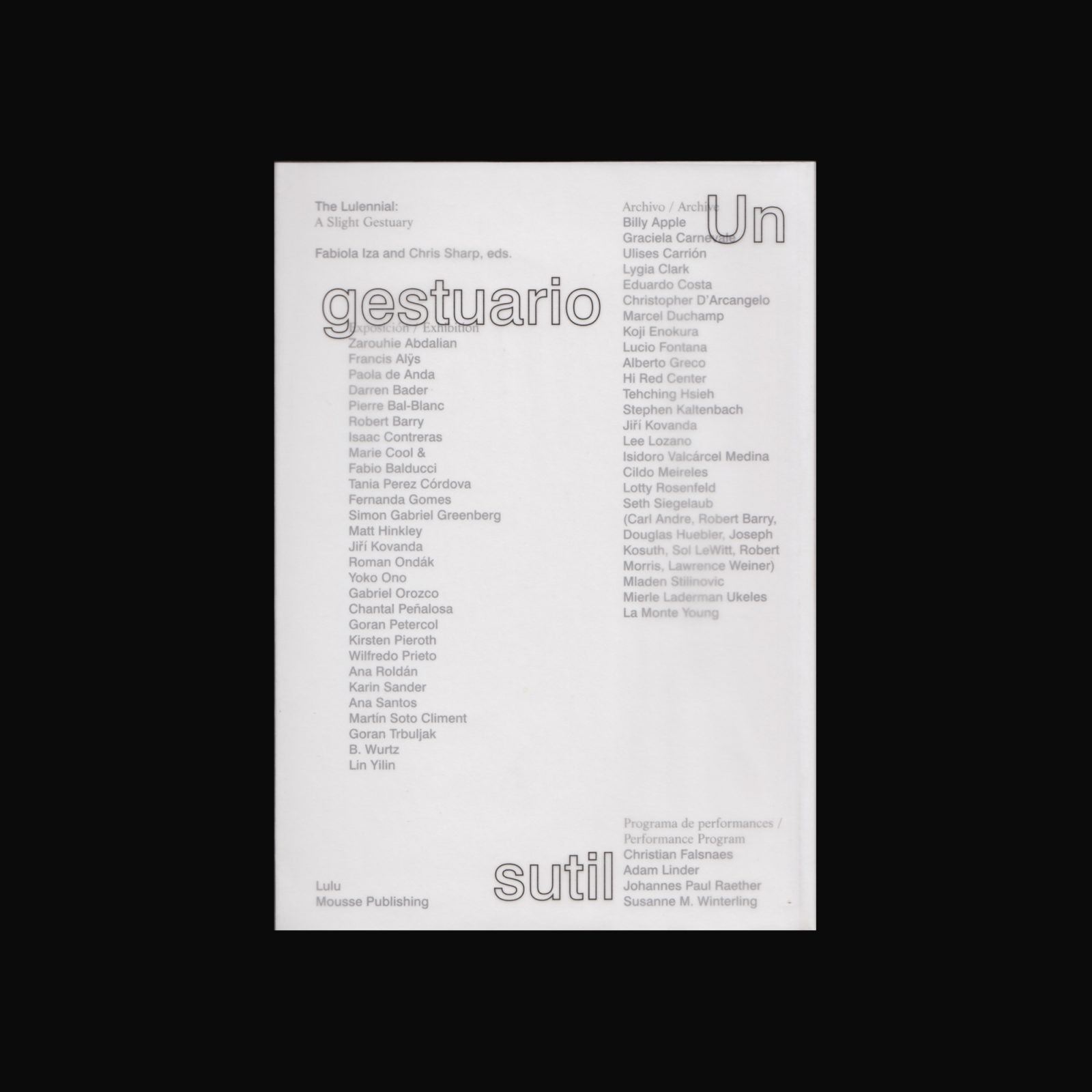
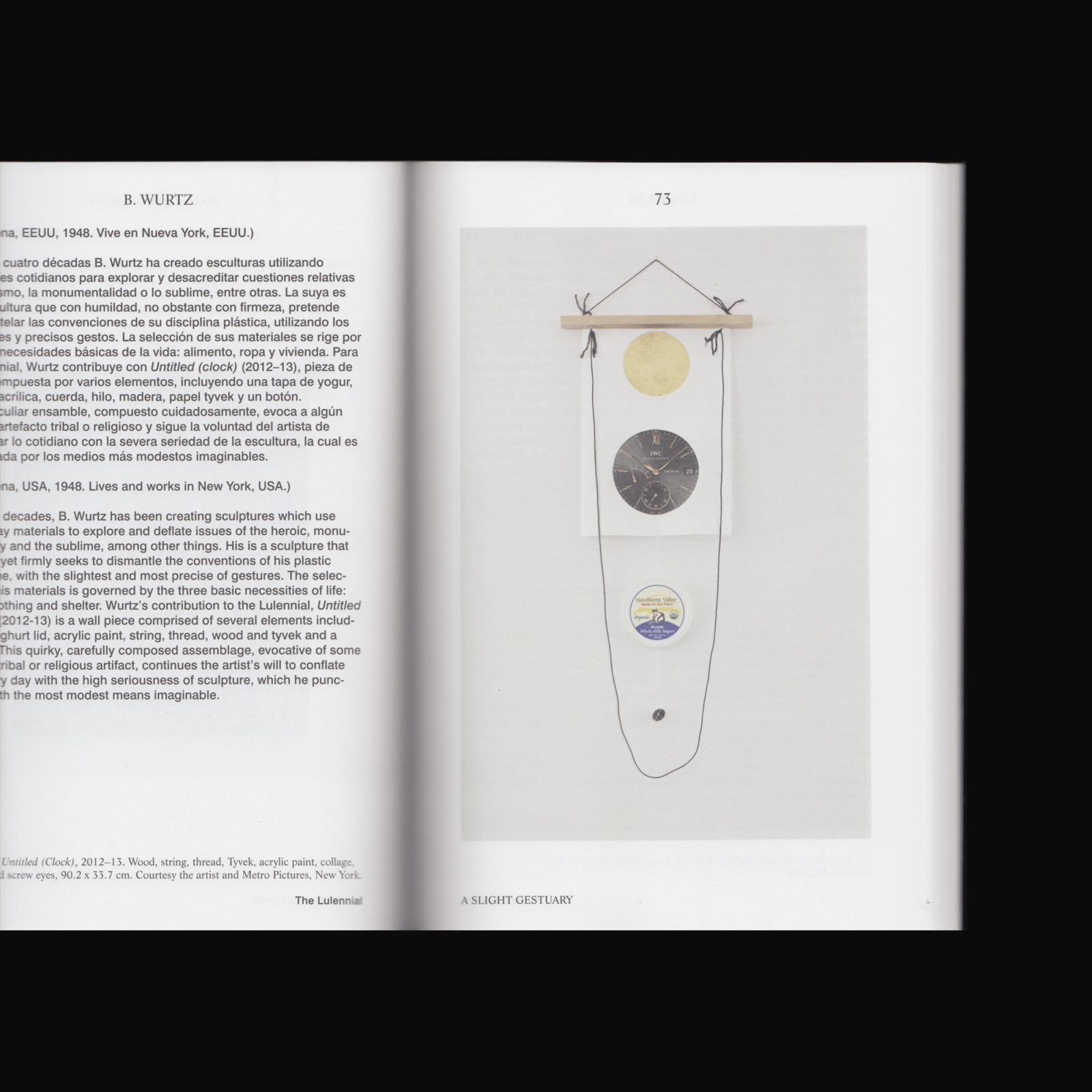
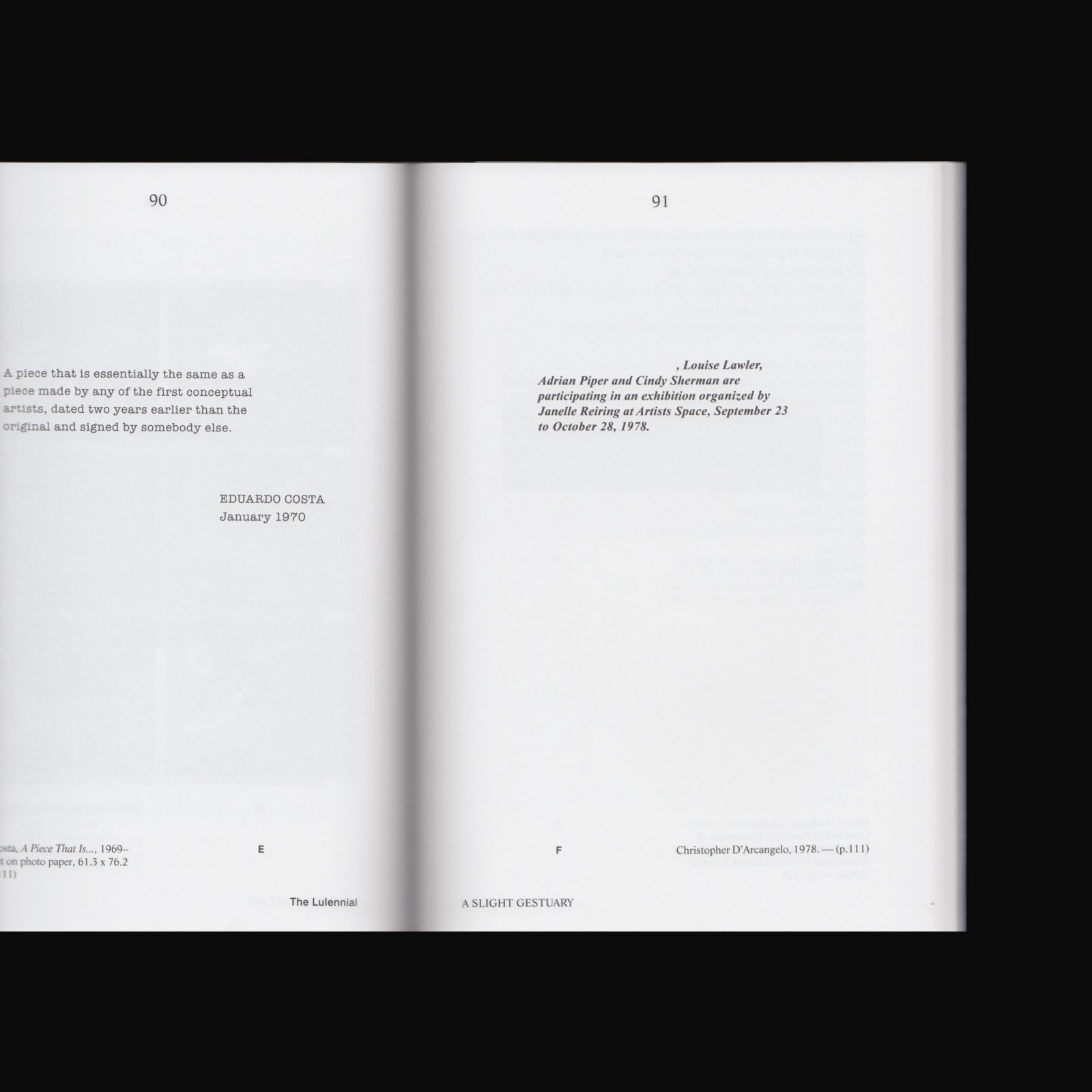
Produced on the occasion of the biennal The Lulennial, organized by Fabiola Iza and Chris Sharp at Lulu, Mexico City, a 9-square meter independent space in Mexico City, whose economy, “in the sense of doing a lot with a little or sometimes nothing at all,” is one of the founding principles.
With Zarouhie Abdalian, Francis Alÿs, Paola de Anda, Carl Andre, Billy Apple, Darren Bader, Pierre Bal-Blanc, Robert Barry, Graciela Carnevale, Ulises Carrión, Lygia Clark, Isaac Contreras, Marie Cool Fabio Balducci, Tania Pérez Córdova, Eduardo Costa, Christopher D’Arcangelo, Marcel Duchamp, Koji Enokura, Lucio Fontana, Fernanda Gomes, Alberto Greco, Simon Gabriel Greenberg, Matt Hinkley, Hi Red Center, Tehching Hsieh, Douglas Huebler, Stephen Kaltenbach, Yves Klein, Joseph Kosuth, Jirí Kovanda, Sol LeWitt, Lee Lozano, Jenine Marsh, Cildo Meireles, Robert Morris, Roman Ondák, Yoko Ono, Gabriel Orozco, Chantal Peñalosa, Goran Petercol, Kirsten Pieroth, Wilfredo Prieto, Ana Roldán, Lotty Rosenfeld, Karin Sander, Ana Santos, Martín Soto Climent, Mladen Stilinovic, Mierle Laderman Ukeles, Isidoro Valcárcel Medina, Goran Trbuljak, Lawrence Weiner, B. Wurtz, Lin Yilin, La Monte Young.


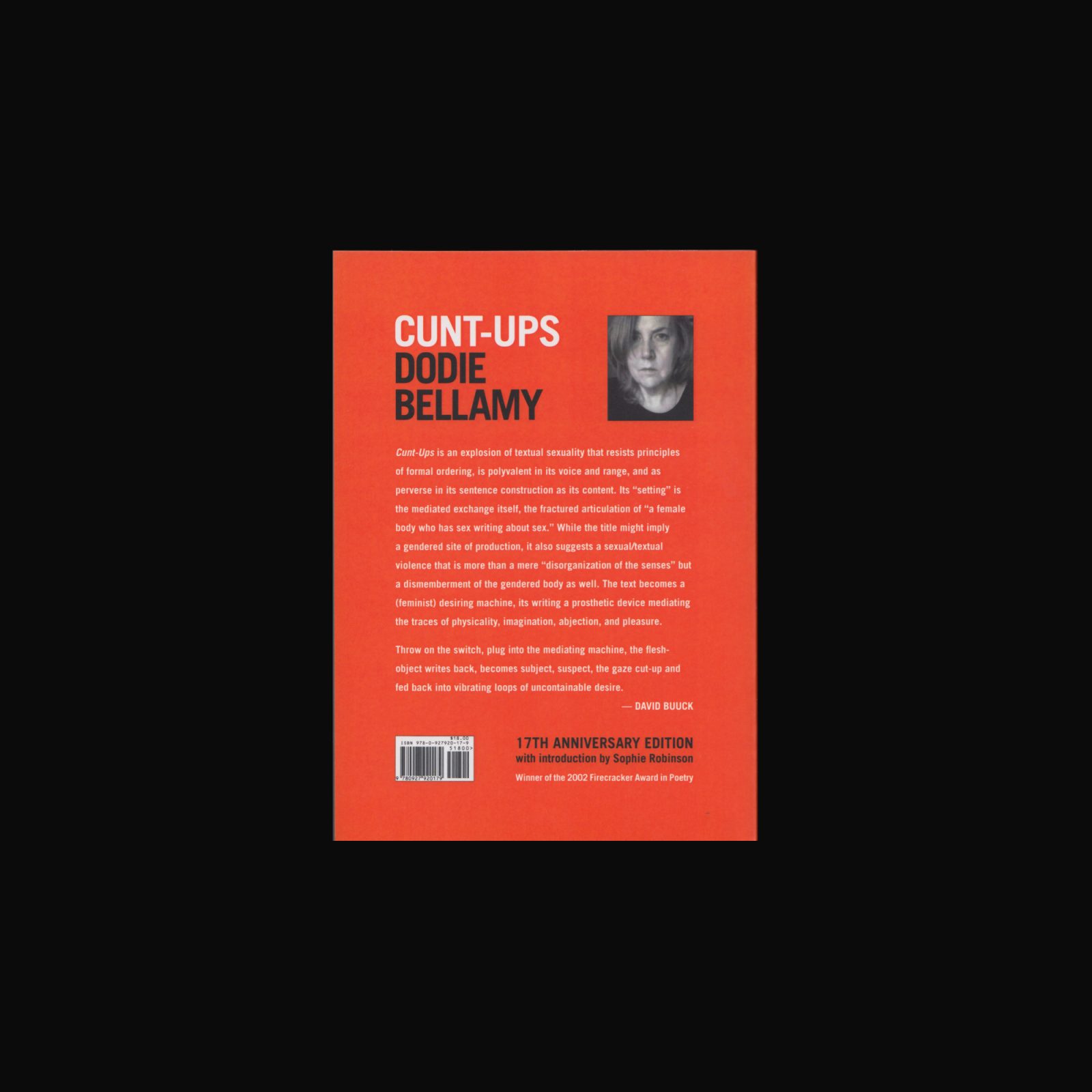
Dodie Bellamy’s Cunt-Ups, first published in 2001 and recipient of the Firecracker Award for Innovative Poetry, was immediately a controversial and celebrated work. Using the “cut-up” method of William S. Burroughs, Cunt-Ups is a work of sex magick, based on source texts from old lovers and Jeffery Dahmer transcriptions. The resulting spell queers everything around it.
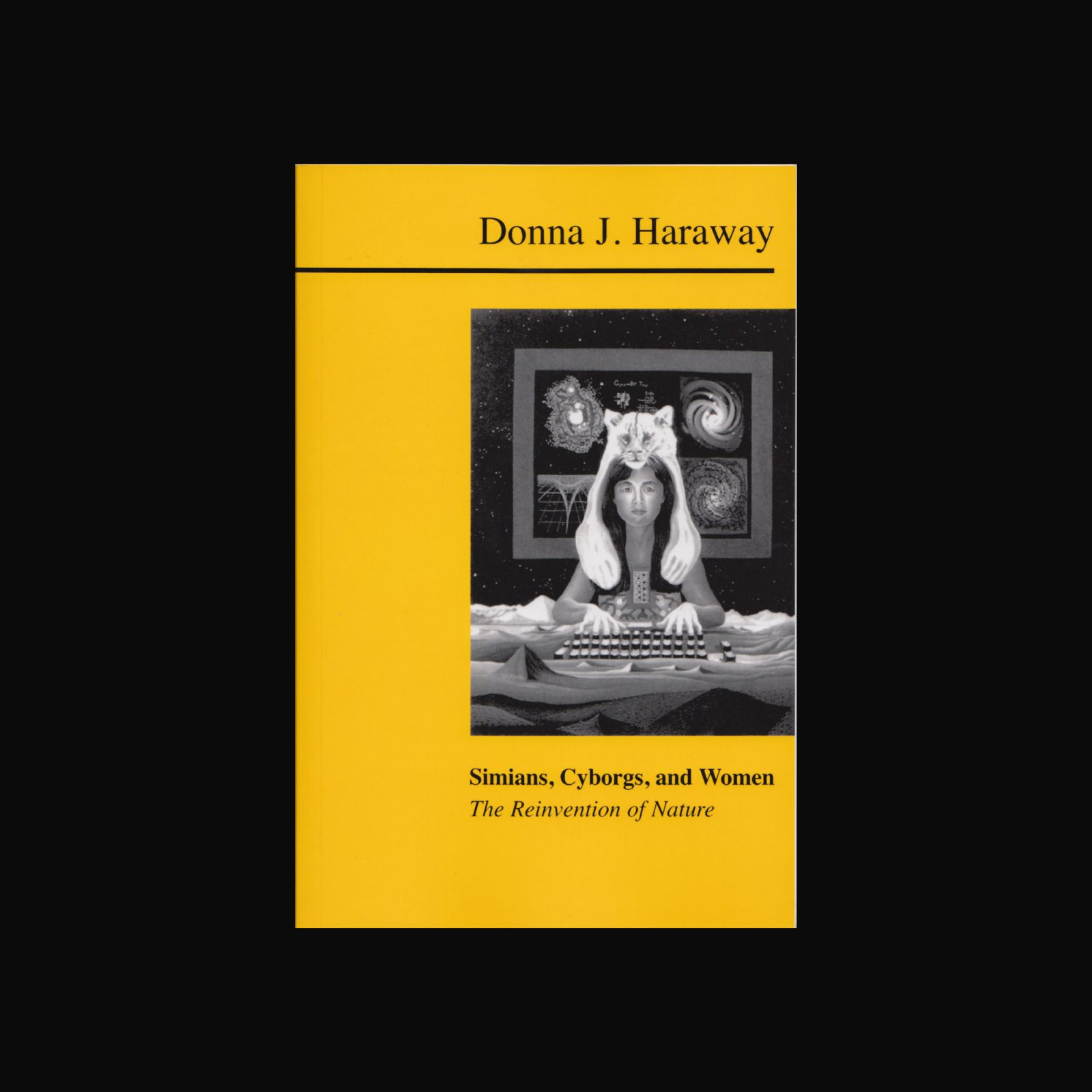

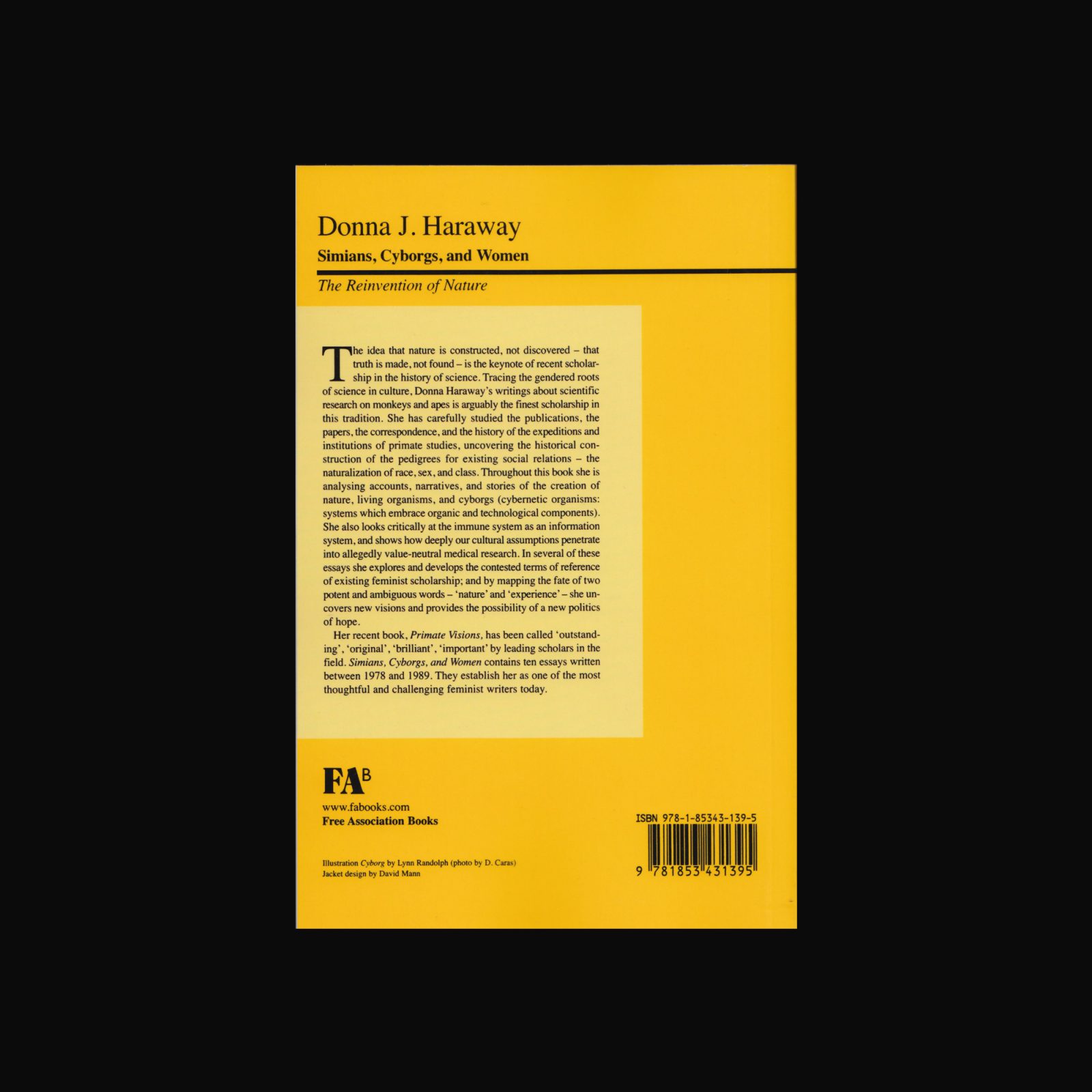
Simians, Cyborgs and Women is a powerful collection of ten essays written between 1978 and 1989. Although on the surface, simians, cyborgs and women may seem an odd threesome, Haraway describes their profound link as “creatures” which have had a great destabilizing place in Western evolutionary technology and biology. Throughout this book, Haraway analyzes accounts, narratives, and stories of the creation of nature, living organisms, and cyborgs. At once a social reality and a science fiction, the cyborg—a hybrid of organism and machine—represents transgressed boundaries and intense fusions of the nature/culture split. By providing an escape from rigid dualisms, the cyborg exists in a post-gender world, and as such holds immense possibilities for modern feminists. First published in 1991.